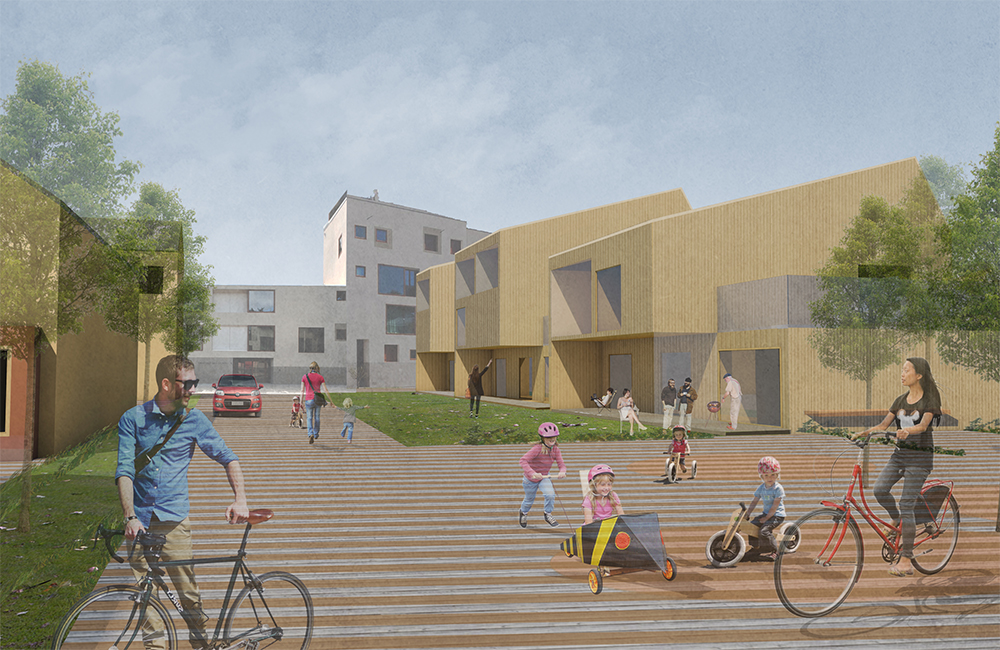A residential area named Rykmentinpuisto is under construction near the centre of Tuusula. Construction began with the Housing Fair area, and the district will eventually accommodate 15,000 residents. The energy vision for the area is based on locally-generated renewable energy.
The doors to the exhibition houses traditionally show a summary of the building’s technical details, such as its energy performance class. In Tuusula, the information will also include the building’s carbon footprint and carbon handprint, the latter being an account of the building’s positive environmental effects. Every house will also tell its own energy store, including details such as which energy-efficiency solutions are a tangible part of the residents’ everyday lives.
“A survey was used to ask the housebuilders about their choices, and their responses were used to create an energy story for each house,” says Katerina Zaitseva, Project Manager at the municipality of Tuusula.
Many of the housebuilders had opted for renewable forms of energy. Geothermal heat was the most popular of these. There are also a lot of heat pumps and solar panels. The intention is to create a consolidated energy performance certificate for the entire area using the energy performance certificates for the individual buildings.
“We prepared guidelines for housebuilders concerning energy solutions, which are intended as encouragement or recommendations rather than orders or regulations,” explains Zaitseva.
Bidirectional district heating network using local energy
Fortum is offering an open bidirectional district heating network for the Rykmentinpuisto area, en-
abling customers to act as heat producers. Fortum will offer residents solutions such as solar power packages, smart heating control and charging solutions for electric vehicles.
Buildings may sometimes produce more energy than they consume if, for example, they have solar thermal collectors or heat pumps. On the open bidirectional network, residents can sell the surplus heat they generate back to Fortum at market prices. The range of services also includes a cooling system that can direct the condensate heat back into the open network for reuse.
Fortum is also investing in local energy generation. One innovation is Horse Power, which gathers power from the nearby horse stables. The owner of the stables receives a service whereby a wood-based bedding material is delivered to the stables and the manure pit is emptied. The fuel is then used at Fortum’s power plant to generate renewable, environmentally friendly local energy.
Active day-to-day life in a smart home
The other themes at the Tuusula Housing Fair are smart homes, active everyday life and art.
“During the land application phase, the housebuilders told us how they would incorporate the themes in their projects,” says Riikka Uusikulku, Project Manager for the Tuusula Housing Fair.
The overarching principle of the Housing Fair is to showcase new housing solutions.
“Smart home solutions are highly advanced in one house, which is being built for a person who was injured in an accident. One trial project will involve offering an electric car for the shared use of residents in a block of flats for the first year.”
Read Findgrid’s information for consumers: www.fingrid.fi/en/services/information-for-consumers/






